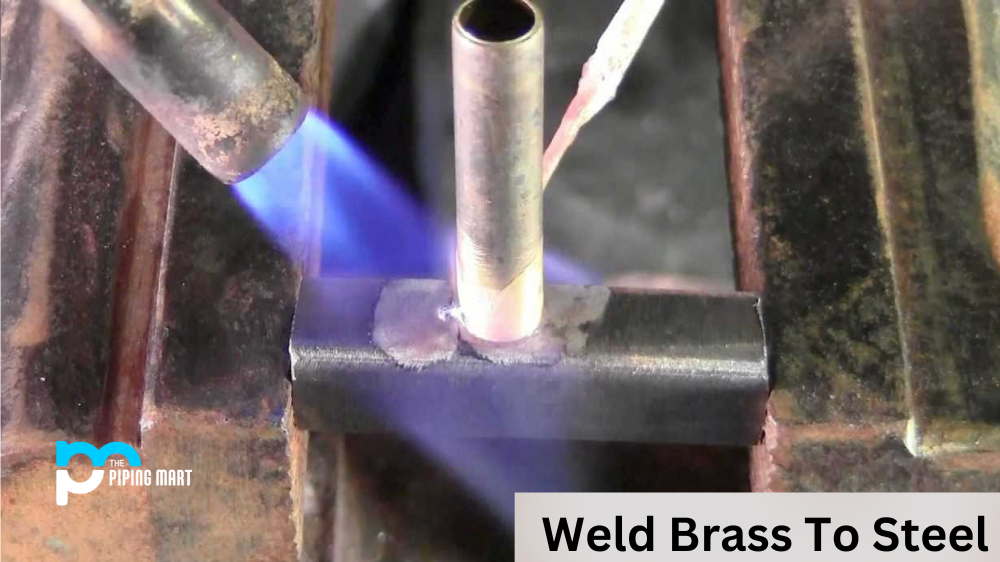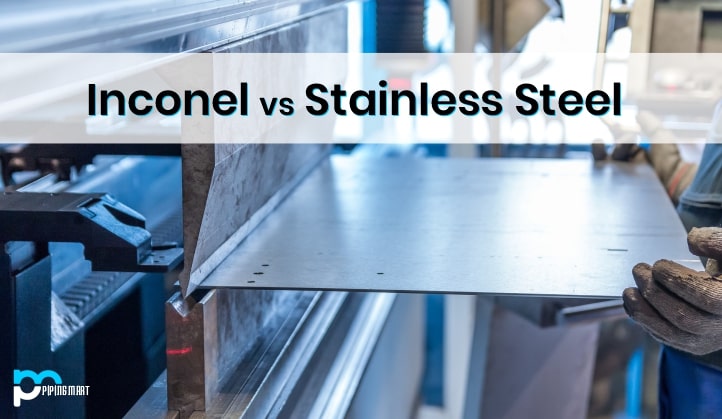Joining two metals together can be a tricky process. Each metal has its properties, which makes welding them together even more complicated. In this blog post, we’ll explain the basics of welding brass to steel, so you can better understand what the process entails and how it works.
Welding Basics
Welding combines two pieces of metal by melting and fusing them with heat. There are several types of welding, including inert metal gas (MIG) welding and tungsten inert gas (TIG) welding. MIG produces a strong weld but requires more skill than TIG welding; TIG produces a sloppier weld but requires less talent.
Before you begin welding brass to steel, ensure you have all the proper safety equipment, such as safety glasses and gloves. You’ll also need a welder, flux core wire, and shielding gas if you use MIG or TIG welding processes.
Preparation Steps
When working with two metals, like brass and steel, specific preparation steps need to be taken before you begin the actual welding process. Start by grinding down both surfaces until they’re clean and free from any dirt or debris that could interfere with the weld. Then use a wire brush to remove any rust or oxidation from both surfaces before applying flux core wire for protection against further corrosion during the welding process. Once that’s done, you’ll be ready to start the actual welding process.
Welding Process
When it comes time to weld brass to steel, ensure your welder is set at an appropriate temperature for the job—typically between 400-500°F (204-260°C). Use an alternating current when MIG or TIG welding since direct current will cause too much heat buildup in the brass material and weaken your welds over time. Your finished weld should look uniform in color with no gaps or holes; if any gaps or holes are present in your completed weld, then go back over them with additional passes until they’re adequately filled!
Conclusion:
Welding brass to steel may seem daunting at first glance due to its complexity, but it’s easier once you understand the basics! With practice and patience, anyone can master this craft in no time! Just remember to take safety precautions, such as wearing safety glasses and gloves when working with these materials, and ensure your welder is set at an appropriate temperature for each job so that your finished product looks professional every time! Thanks for reading our blog post on how to weld brass to steel – now get out there and start practicing! Good luck!
Meet Heer, a dynamic and driven writer learning tricks of her trade in the metal industry. With a background in Digital Marketing, Heer brings a unique perspective to her writing, sharing valuable insights. Apart from blogging she like reading and hiking.




